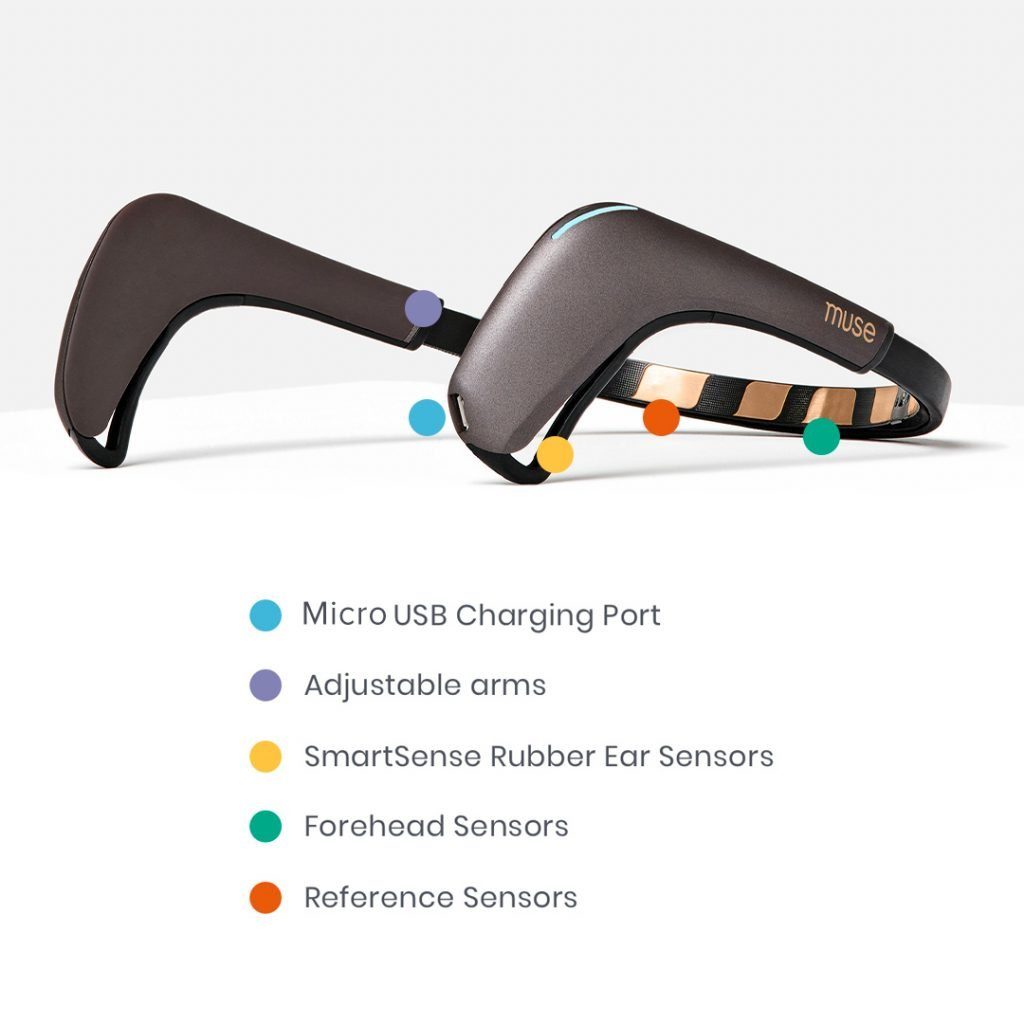In 1 e. 2s of “Black Mirror” we observe rather usual situation for sci-fi series:

The idea of talking with deceased isn’t new: from the beginning of humanity, when when we were still living in tribes and using opium, cannabis, alcohol, tobacco, various forms of fungi to experienced enlightenment , throughout Salem witch trials and other religious persecutions, till notorious victorian spiritualism practices, and people still try to reach out to their deceased loved ones, but someone still uses spiritual desk and someone using an AI.

We all, probably understood, that black mirror’s episode plot may be real in some time, but most of us couldn’t think that somebody in only several years would really took a swing at , in some way, sacred and very intimately-emotional thing as death and artificial resurrection of the loved one.
Isn’t it kinda a Babylon tower thing? 
But, in the same, isn’t the most vulnerable places of human nature can bring the biggest money, huh?
And, what’s more, this somebody is none other than Microsoft, so it means that probably in distant future the project will take big turnover, but the company isn’t planning to turn the technology into an actual product in near future, because, as Tim O’Brien, Microsoft’s general manager of AI programs, said “it’s predates the AI ethics reviews we do today.” Probably, they may be afraid of too strong negative reaction to this product, but should we blame them?
According to the patent information, the tool would cull “social data” (images, social media posts, messages, voice data and written letters) of the individual. That data would be used to train a chatbot to “converse and interact in the personality of the specific person.” It could also rely on outside data sources, if user ask a question that couldn’t be answered based on the person’s social data.
“Conversing in the personality of a specific person may include determining and/or using conversational attributes of the specific person, such as style, diction, tone, voice, intent, sentence/dialogue length and complexity, topic and consistency, as well as using behavioral attributes such as interests and opinions and demographic information such as age, gender and profession, the patent states”.
But the real question is would you use this technology in the future?
https://www.syfy.com/syfy-wire/microsoft-AI-chatbot-patent-talk-to-dead-people
https://www.washingtonpost.com/technology/2021/02/04/chat-bots-reincarnation-dead/










